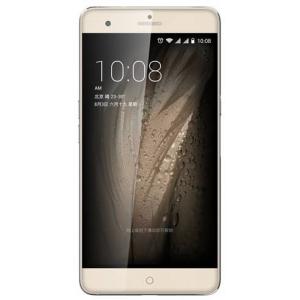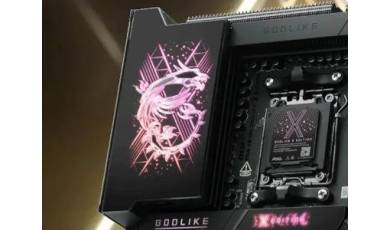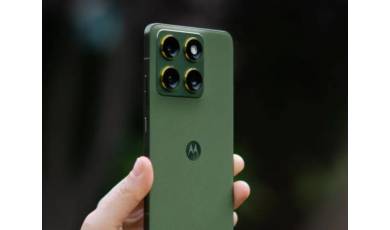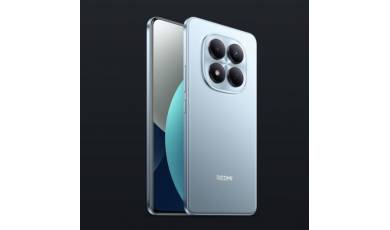ZTE Blade V7 Max specs.
Mobiles >> ZTE >> ZTE Blade V7 Max| Specifications | Reviews | Secret codes |
| Unlock phone | Root phone |
| Backup | Flash Firmware | Screenshot |
| Hard Reset |

General Information ZTE Blade V7 Max
Launch Date:
July 25, 2016 (Expected)
Smart Phone OS: An operating system (OS) is software that interacts between a user and a smartphone.
An operating system (OS) is software that interacts between a user and a smartphone.
Android v6.0 (Marshmallow)
SIM Slot(s):
Dual SIM, GSM+GSM
SIM Size:
SIM1: Nano
SIM2: Nano
SIM2: Nano
Network:
4G: Available
3G: Available, 2G: Available
3G: Available, 2G: Available
Fingerprint Sensor:
Yes
Quick Charging:
No
Body ZTE Blade V7 Max
Dimensions:
154 (H) x 76.5 (W) x 7.2 (T) mm
Colours:
Silver Rose Gold
Display ZTE Blade V7 Max
Screen Size: This diagonal display size is usually measured in inches.
This diagonal display size is usually measured in inches.
5.5 inches
Screen Resolution: Screen resolution refers to the size of the image received on the screen in pixels
Screen resolution refers to the size of the image received on the screen in pixels
Full HD (1080 x 1920 pixels)
Pixel Density:
401 ppi
Display Type:
IPS LCD
Touch Screen:
Capacitive Touchscreen, Multi-touch
Screen to Body Ratio:
70.62 %
Performance ZTE Blade V7 Max
Chipset: Is a set of chips in the smartphone that control the CPU.
Is a set of chips in the smartphone that control the CPU.
MediaTek MT6755
Processor:
Octa core, 1.8 GHz, Cortex A53
Architecture:
64 bit
Graphics:
Mali-T860 MP2
RAM: Random Access Memory
Random Access Memory
3 GB
Internal Memory:
32 GB
Expandable Memory:
Up to 128 GB
Camera ZTE Blade V7 Max
Screen Resolution: Screen resolution refers to the size of the image received on the screen in pixels
Screen resolution refers to the size of the image received on the screen in pixels
16 MP
Sensor:
CMOS image sensor
Autofocus:
Phase Detection autofocus
Optical Image Stabilisation:
No
Flash:
LED Flash
Image Resolution:
4616 x 3464 Pixels
Settings:
Exposure compensation, ISO control
Shooting Modes:
High Dynamic Range mode (HDR)
Camera Features:
Digital Zoom, Auto Flash, Face detection, Touch to focus
Video Recording:
1920x1080 @ 30 fps
Screen Resolution: Screen resolution refers to the size of the image received on the screen in pixels
Screen resolution refers to the size of the image received on the screen in pixels
8 MP
Battery capacity:
3000 mAh
Type:
Li-Polymer
Not User Replaceable:
Yes
Connectivity ZTE Blade V7 Max
SIM Size:
SIM1: Nano , SIM2: Nano
Network Support:
4G , 3G, 2G
SIM 1:
4G Bands:TD-LTE 2600(band 38) / 2300(band 40) / 2500(band 41) / 1900(band 39)
FD-LTE 2100(band 1) / 1800(band 3) / 2600(band 7)
3G Bands: UMTS 1900 / 2100 / 850 / 900 MHz
2G Bands: GSM 1800 / 1900 / 850 / 900 MHz
GPRS:Available
EDGE:Available
FD-LTE 2100(band 1) / 1800(band 3) / 2600(band 7)
3G Bands: UMTS 1900 / 2100 / 850 / 900 MHz
2G Bands: GSM 1800 / 1900 / 850 / 900 MHz
GPRS:Available
EDGE:Available
SIM 2:
2G Bands: GSM 1800 / 1900 / 850 / 900 MHz
Wi-Fi: Wireless lan technology
Wireless lan technology
Wi-Fi 802.11, b/g/n
Wi-Fi Features:
Mobile Hotspot
Bluetooth: Bluetooth is used to exchange data between nearby mobile devices.
Bluetooth is used to exchange data between nearby mobile devices.
v4.0
GPS: Global Positioning System
Global Positioning System
with A-GPS Assisted Global Positioning System
Assisted Global Positioning System
NFC: Near field communication
Near field communication
No
USB Type C:
Yes
Multimedia ZTE Blade V7 Max
FM Radio:
Yes
Loudspeaker:
Yes
Audio Jack:
3.5 mm
Special Features ZTE Blade V7 Max
Fingerprint Sensor:
Yes
Fingerprint Sensor Position:
Front
Other Sensors:
Light sensor, Proximity sensor, Accelerometer, Compass, Gyroscope
Comments, Questions and Answers about ZTE Blade V7 Max
Ask a question about ZTE Blade V7 Max






